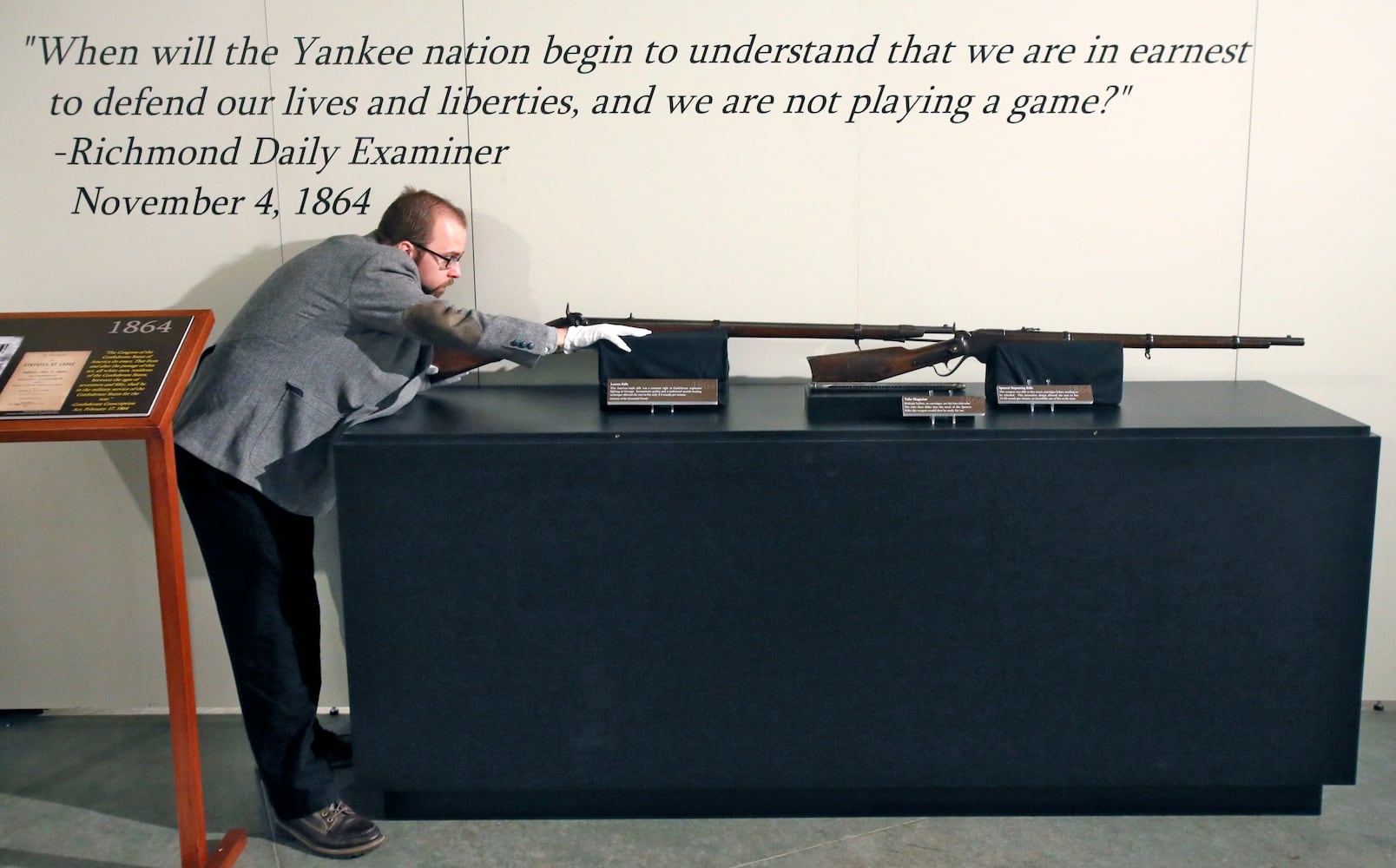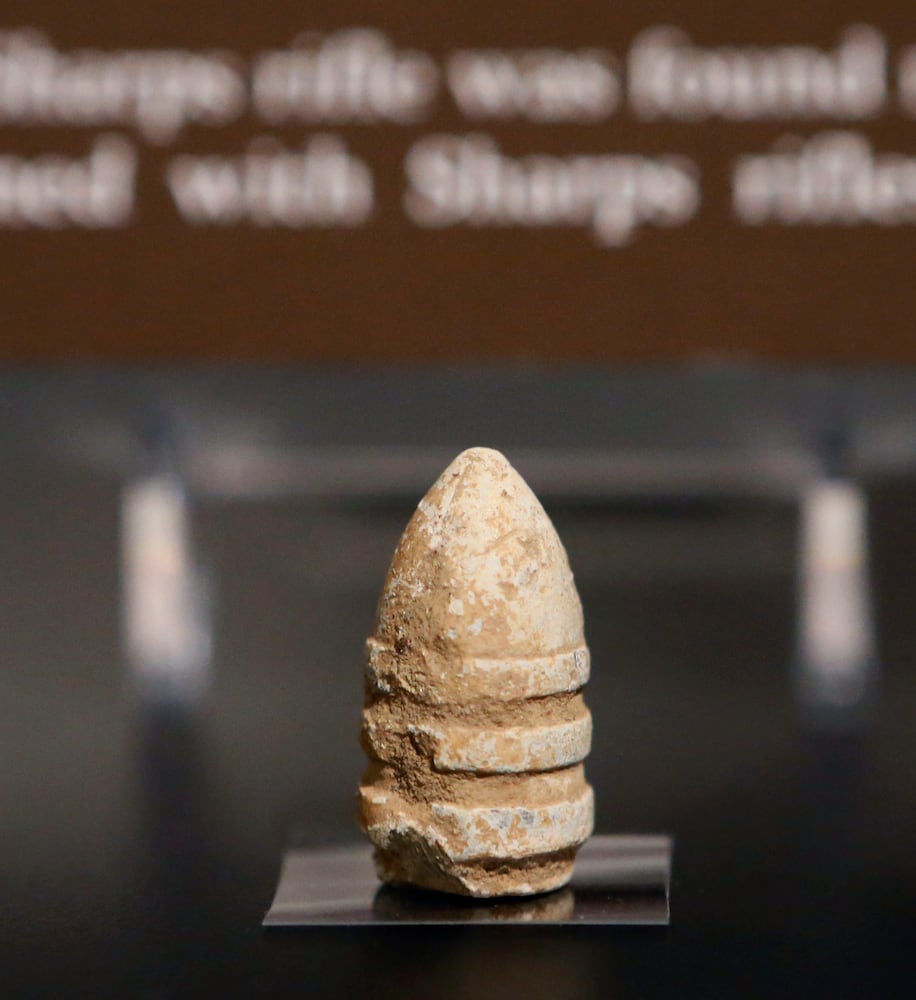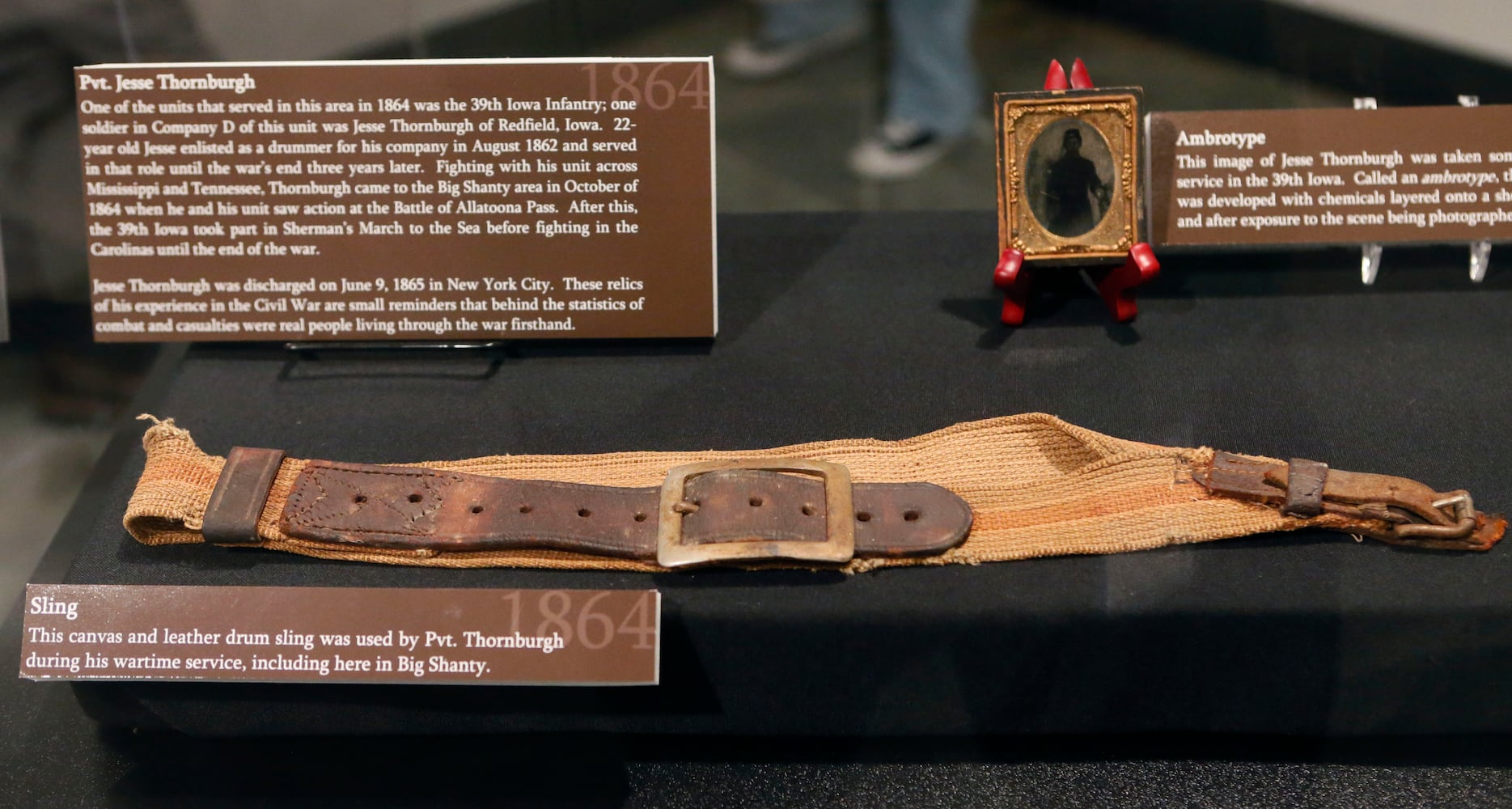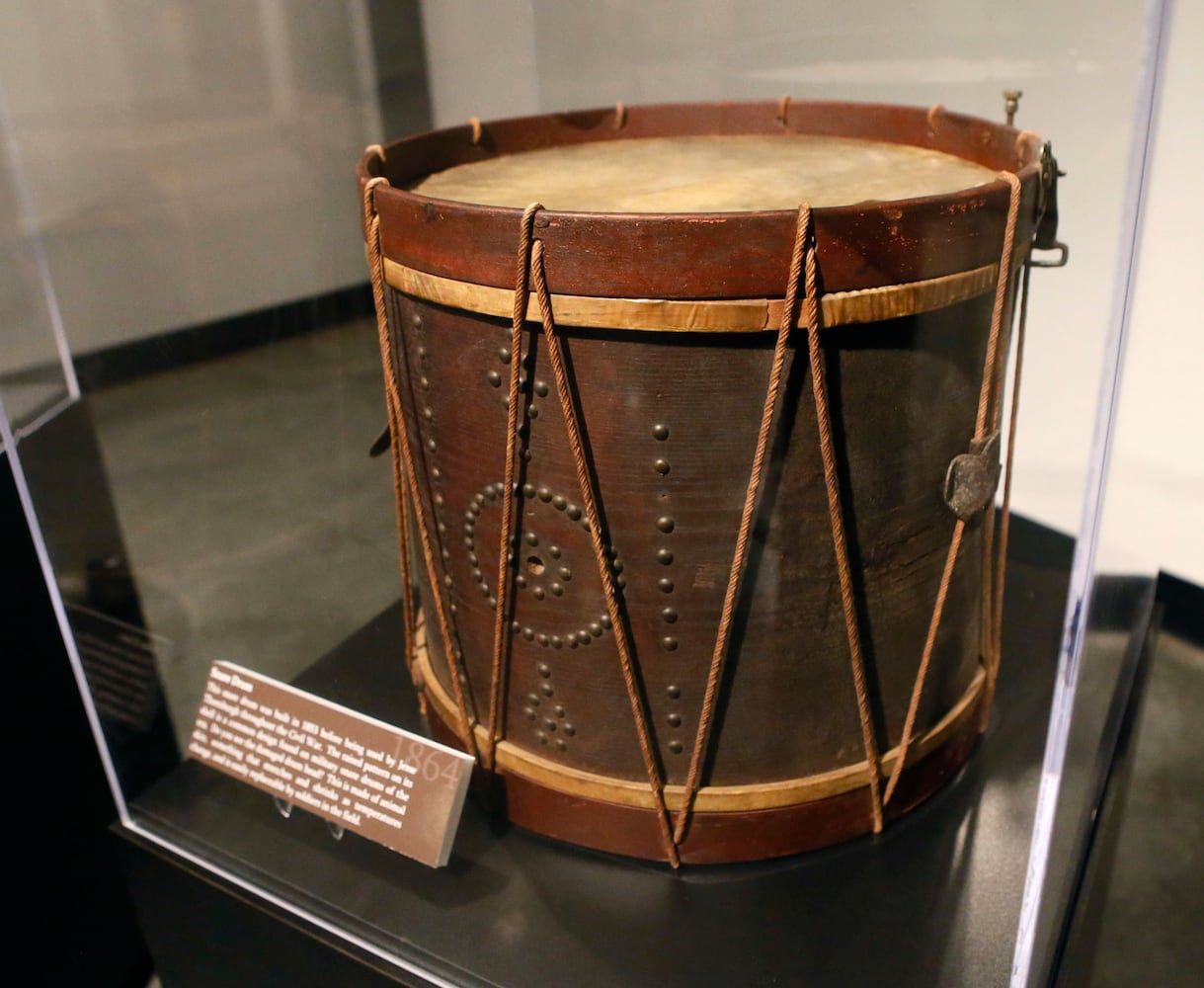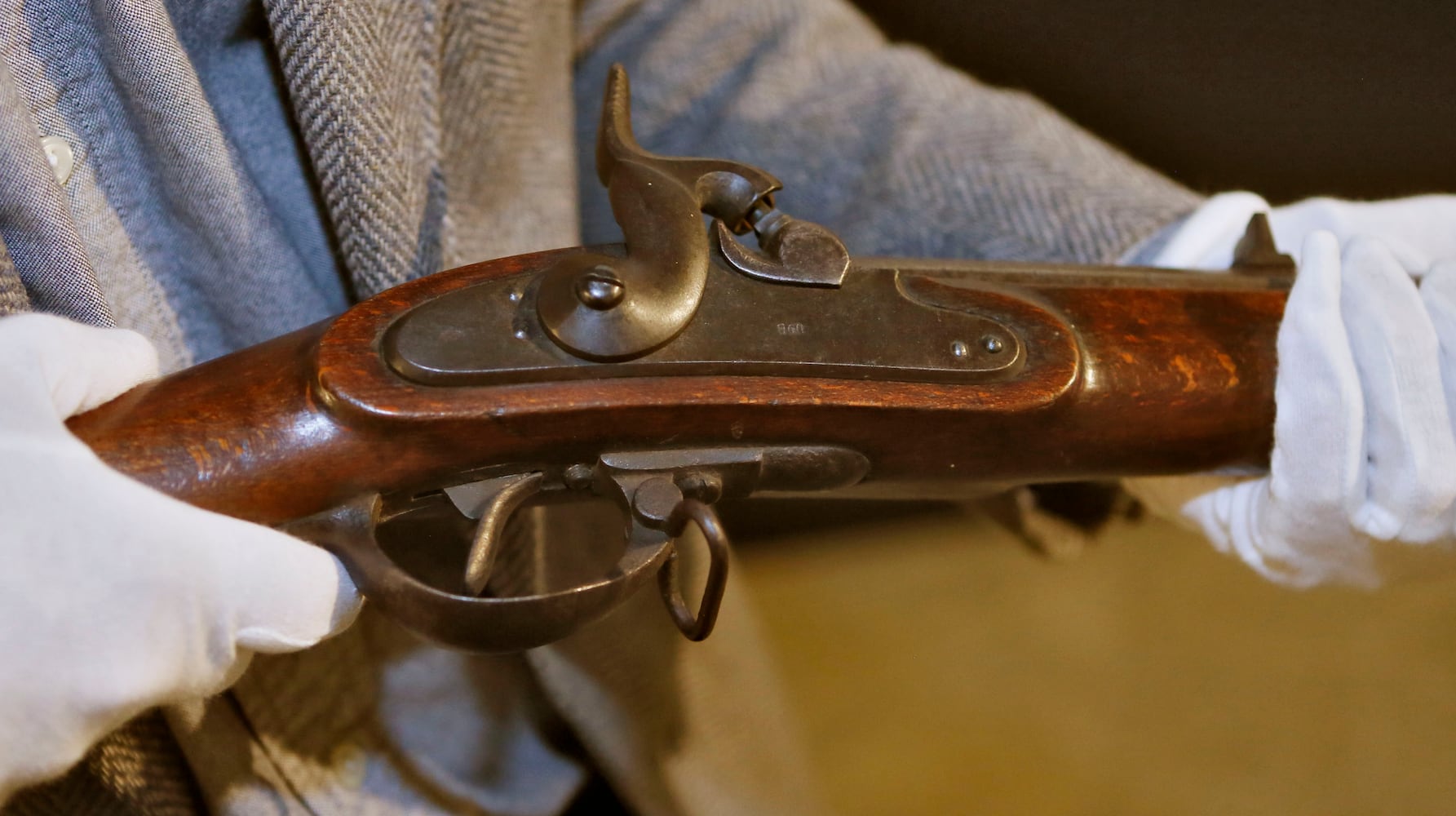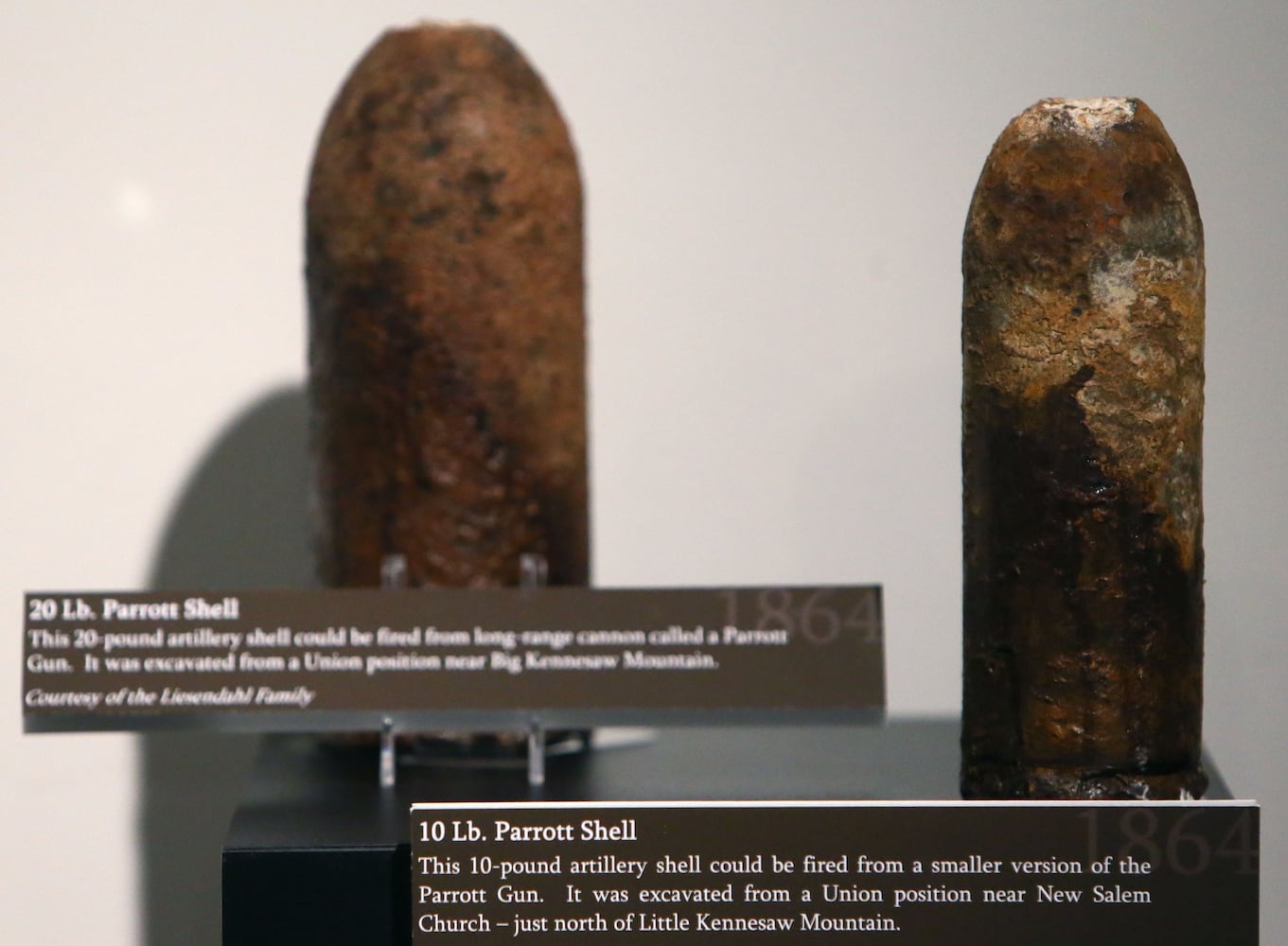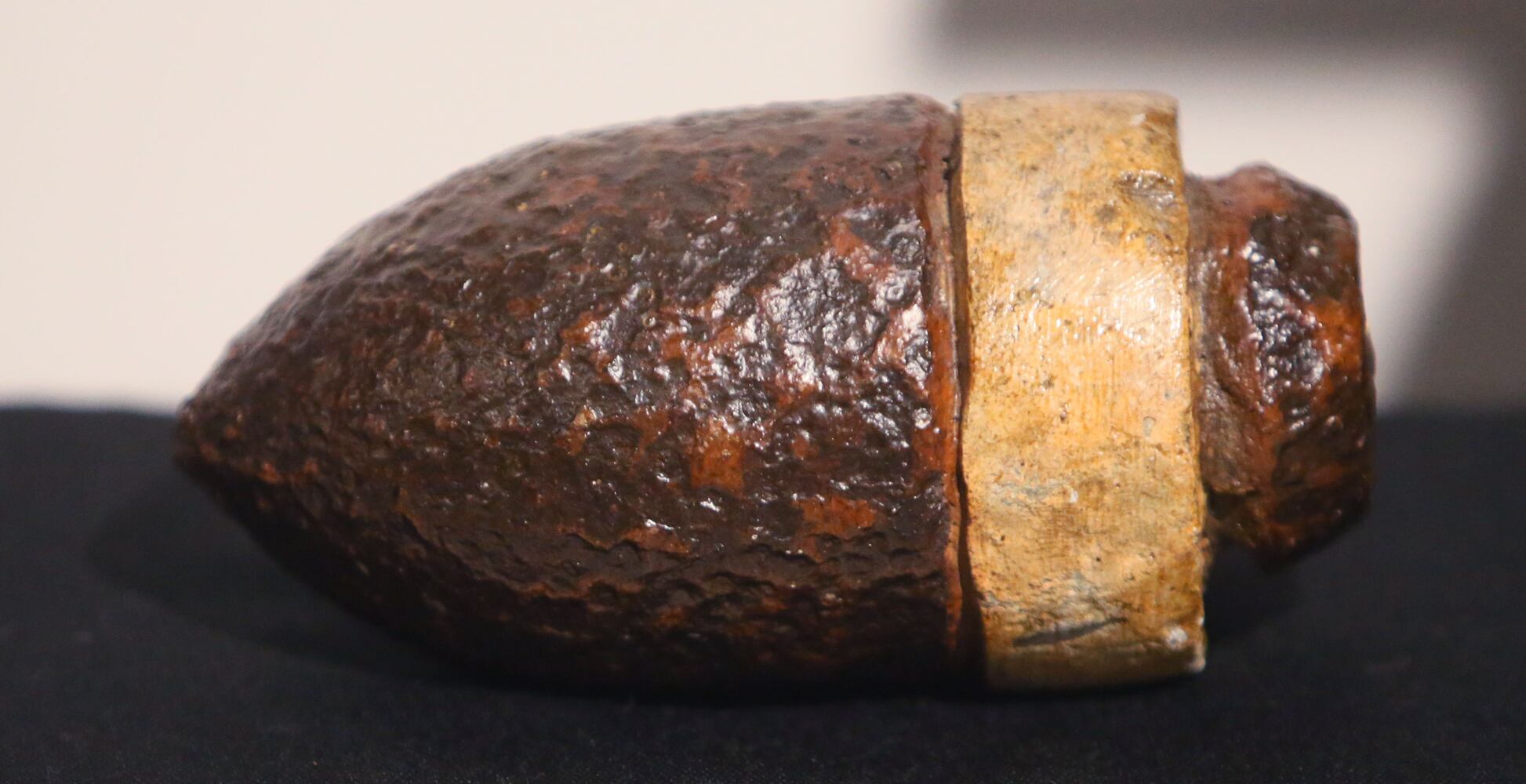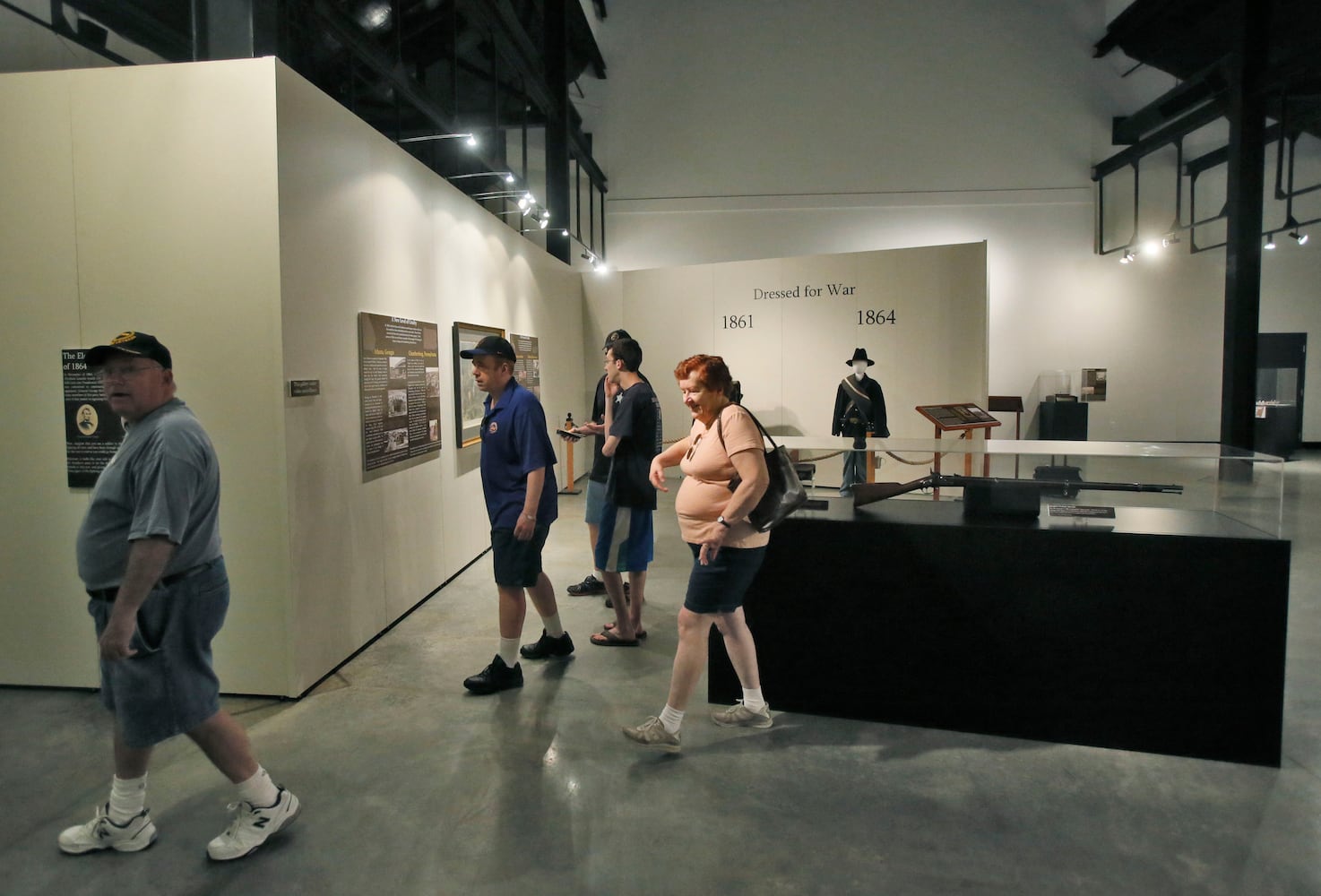City of Kennesaw (Cobb County)
“Big Shanty” during the Civil War was the site of a large Confederate training camp in early 1862. The locomotive General and its train were stolen here by 20 Federal raiders April 12, 1862, precipitating “The Great Locomotive Chase.” The General is now in the Southern Museum of Civil War and Locomotive History, not far from where it was stolen.
Lost Mountain/Pine Mountain/Brushy Mountain Line; Mud Creek Line (Cobb)
Occupied by Confederates on June 4, 1864. Pine Mountain was in advance of the line, and Confederate Gen. Leonidas Polk was killed by artillery fire there June 14, 1864. Confederates withdrew from Pine Mountain that night. Federals attacked on June 15, most notably at Gilgal Church (now Due West). Confederates pulled back their left flank from Lost Mountain to the Mud Creek Line on June 17 and remained there only two days before withdrawing to the Kennesaw Mountain Line on June 19. Evidence of Confederate and Federal earthworks remains in short segments along the length of the line, particularly at Gilgal Church.
In-depth: Explore the AJC’s 1864 Battle of Atlanta interactive experience
Kennesaw Mountain Line (Cobb)
Occupied by Confederates on June 19, 1864. As the Federals advanced, Confederates swung Hood's Corps from the right (north) of the line to the left (south), precipitating the June 22 Battle of Kolb's Farm. On June 27, the Federals attacked, principally at two points — Pigeon Hill and Cheatham's Hill — though the overall fighting is known as the Battle of Kennesaw Mountain. Much of the Confederate line is preserved within Kennesaw Mountain National Battlefield Park, but some parts of the Confederate and Federal positions are outside park boundaries.
City of Marietta (Cobb)
Several Confederate generals had headquarters in Marietta, and some of the houses remain. Kennesaw House hotel remains and houses the Marietta Museum of History. On April 11, 1862, Federal raiders checked into the Kennesaw House, staying the night before stealing the locomotive General the next morning. Town was occupied by Federals on July 3, 1864 and remained a Federal supply point for two months.
Map of Civil War Battlefields in Georgia
Smyrna Line (Cobb)
After the Battle of Kennesaw Mountain, this line was occupied by Confederates on July 3, 1864. Federals probed this temporary line on July 4 and were repulsed at Smyrna but partially collapsed the Confederate left not far from Ruff’s Mill. Federals burned mill buildings, some of whose ruins remain.
River Line (Cobb)
Built by slaves working under Confederate engineers; started June 18 and occupied by Confederates July 5 ,1864. Unique fortifications, some evidence of which remains in a dozen segments of the line. Opposing Federal line also has earthwork remnants in five segments.
Chattahoochee River Crossings (Cobb and Fulton counties)
Federals sought to cross the river at several points but first crossed just upriver from the mouth of Sope Creek on July 8, 1864. On July 9, Federals crossed at Roswell and at Power's Ferry. On July 17, Federals crossed at Pace's Ferry as part of a general advance. Roswell has several wartime buildings and ruins of mills destroyed by Federal cavalry on July 5, 1864.
New Manchester Mill (Douglas County)
Federal cavalry rendered the mill equipment inoperative on July 2 and returned on July 9, 1864 to burn the buildings. Mill ruins remain at Sweetwater Creek State Park.
Confederate Outer Line (Fulton)
Hastily constructed and occupied by Confederates July 10, 1864 rather than withdrawing to the city defense line built in 1863. Peachtree Creek assault was launched from this line. Some earthworks remain in Crestlawn Cemetery and near the north end of West Peachtree Street.
Battle of Peachtree Creek (Fulton)
Significant battle of July 20, 1864 as Confederates attacked Federal troops approaching Atlanta from the north. Approximately 4,600 men were killed, wounded or captured. Tanyard Park is only remaining green space. A monument is on Piedmont Hospital grounds.
City Defense Line (Fulton)
Built in the summer and fall of 1863 under direction of Lemuel Grant (who later donated land for Grant Park), it was designed to be one mile from the city limits in all directions but was partially extended when Confederate troops occupied it July 21, 1864. Confederates launched part of the Battle of Atlanta assault from the east section of the line. Not abandoned until Sept. 2, 1864. The only remnant is Fort Walker in the southeast corner of Grant Park, though a trace of the line includes notable landmarks such as the Georgia Tech and Atlanta University campuses and Fox Theatre. Grant Park also was the longtime home of the building housing the Cyclorama, which depicts the Battle of Atlanta, and the locomotive Texas, which participated in the April 1862 Great Locomotive Chase. The Cyclorama moved to Atlanta History Center in 2019.
Battle of Atlanta (Fulton and DeKalb counties)
The battle of July 22, 1864 resulted in over 9,000 men killed, wounded or captured. The battlefield covers a large area in both Fulton and DeKalb counties, including the site of the cavalry attack in Decatur. Fighting raged around what is now the Carter Presidential Library, Moreland Avenue, I-20, Glenwood Avenue and Crim School. Cyclorama depicts fighting near what is now the Inman Park MARTA station. Union Maj. Gen. James McPherson was killed in this battle, the highest-ranking Federal general killed during the war.
Battle of Ezra Church (Fulton)
Battle of July 28, 1864 in which 3,600 men were killed, wounded or captured. Mozley Park provides some green space at the site. A few remnants of Federal line remain in yards of private residences.
Battle of Utoy Creek (Fulton)
Aug. 6, 1864 fight in which 320 men were killed or wounded as Federals tried to outflank the extended Confederate trench line. Cascade Springs Nature Preserve has some remnants of the Confederate line.
Siege Line (Fulton)
As both sides declined to attack after the bloodlettings of July 20-Aug. 6, they engaged in a trench-digging contest through most of August 1864. The line extends from the Atlanta University area to East Point, then swings southeastward into College Park.
Battle of Jonesboro (Clayton County)
Climactic, two-day battle of the Atlanta Campaign, Aug. 31-Sept. 1, 1864. Confederate defeat at Jonesboro caused the abandonment of Atlanta as all rail lines serving the city were now cut.
Lovejoy’s Station (Clayton and Henry counties)
Site of four battles: Cavalry engagements on July 29 and Aug. 20 and infantry fights on Sept. 3 and Nov. 17, 1864. The Confederate Army reassembled at Lovejoy's Station upon abandoning Atlanta on Sept. 2, 1864. Some segments of both Federal and Confederate lines remain and cross the county line between Clayton and Henry. Henry County has established a park at the Nash Farm historic site, which figured in one cavalry and one infantry engagement.
Palmetto (Fulton)
Confederate Army moved here from Lovejoy’s Station on Sept. 19, 1864 and remained about 10 days, during which time President Jefferson Davis visited. Some earthworks and wartime structures, including two used by Davis, remain.
Rough & Ready (Fulton)
Immediately east of Hartsfield-Jackson International Airport is the site where the Federals initially broke the last railroad serving the city. This also was the transfer point for civilians ordered out of Atlanta when Federals occupied the city, and as the exchange point for captured soldiers.
Source: Georgia Battlefields Association
RELATED
Atlanta Cyclorama and its new home at Atlanta History Center
In-depth: Explore the AJC’s 1864 Battle of Atlanta interactive experience
A tale of two trains: Atlanta and the Great Locomotive Chase
Ten major Civil War sites in Georgia (New Georgia Encyclopedia)
About the Author
Keep Reading
The Latest
Featured
